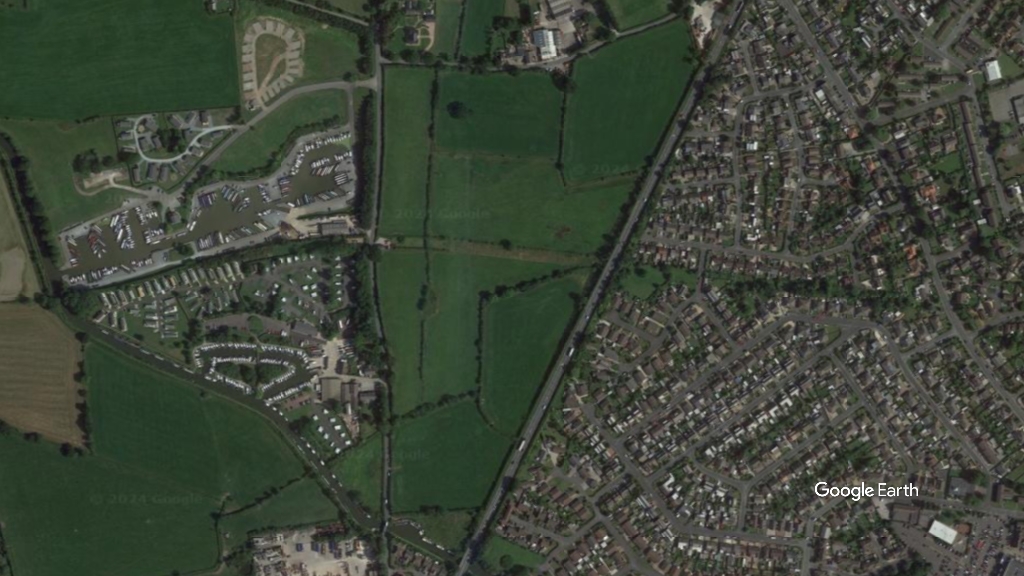Neighbourhood planners ‘have responsibility to get it right’
 Gary Halman, partner at HOW Planning, discusses major changes on the horizon for the planning system in the second half of the year and beyond.
Gary Halman, partner at HOW Planning, discusses major changes on the horizon for the planning system in the second half of the year and beyond.
The Localism Bill is passing through the latter stages of its parliamentary process and is likely to receive Royal Assent later this year. It will usher in radical new rights for communities as well as a raft of other measures designed, as the government puts it, to cut red tape, pass power down to local people and free up enterprise to help the country emerge from recession.
At the heart of this package of reforms is Neighbourhood Planning. This is the means by which local neighbourhood groups can prepare a plan which will, once approved, have statutory status and be highly influential on planning decisions locally.
Neighbourhood planning rests on a basic premise; that by giving communities more say over what happens in their local area, they will be more welcoming of development and less inclined to resist it. To further encourage this attitudinal shift, the government is introducing a range of financial incentives designed to ensure money flows to those communities which embrace rather than oppose development. This includes the New Homes Bonus, under which the Government matches for six years the community charge revenue from new homes built, as well as proposals to ensure monies paid by developers (often known as planning gain or section 106 payments) actually go to the local area in which the development takes place, rather than getting lost in the general council pot. And there are plans just emerging to allow councils to keep all business rates revenue from development themselves, to help incentivise their approach to new economic activity and plan for growth of their areas.
But will Neighbourhood Planning really be a positive tool, or is there a danger of it becoming a NIMBY's charter, and another opportunity for local communities to stymie much needed new homes and job creating development based on their preference for the status quo?
To test their effectiveness and whether the basic premise reflects reality the government has chosen a number of areas across the country to operate as pilot schemes and start to prepare their own neighbourhood plans. In the North West these areas include the market towns of Alsager, Congleton, Sandbach and Middlewich in Cheshire East; the village of Tattenhall in Cheshire West and Hoylake Village in Wirral.
What is immediately apparent is that these are generally characterised by high value housing areas where the well educated and articulate population conventionally adopts a default position which is to oppose new development rather than welcome it. In many ways it's not surprising that these are the sort of communities which have stepped forward to offer to prepare Neighbourhood Plans, as they arguably have the greatest incentive to control change in their areas and the time and energy to prepare them. This is not what government intends however. Ministers have made it abundantly clear that the plans must not be framed as anti development, but rather should be a means of facilitating growth, provided its of the right type and quality.
In all these North West towns there is a pressing need for new housing, both open market and affordable homes. There is also the challenge of how to create more local employment opportunities, to stem the need for local residents to commute to jobs, and encourage investment in the towns whose futures depend on looking forward rather than back. So there is a heavy responsibility on those who have stepped up to the mark and offered to take the lead in preparing Neighbourhood Plans for their local areas. There's an awful lot riding on this particular planning experiment, and it will be fascinating to watch the results.
The half-year review is published in association with Hill Dickinson and Crowe Clark Whitehill.




